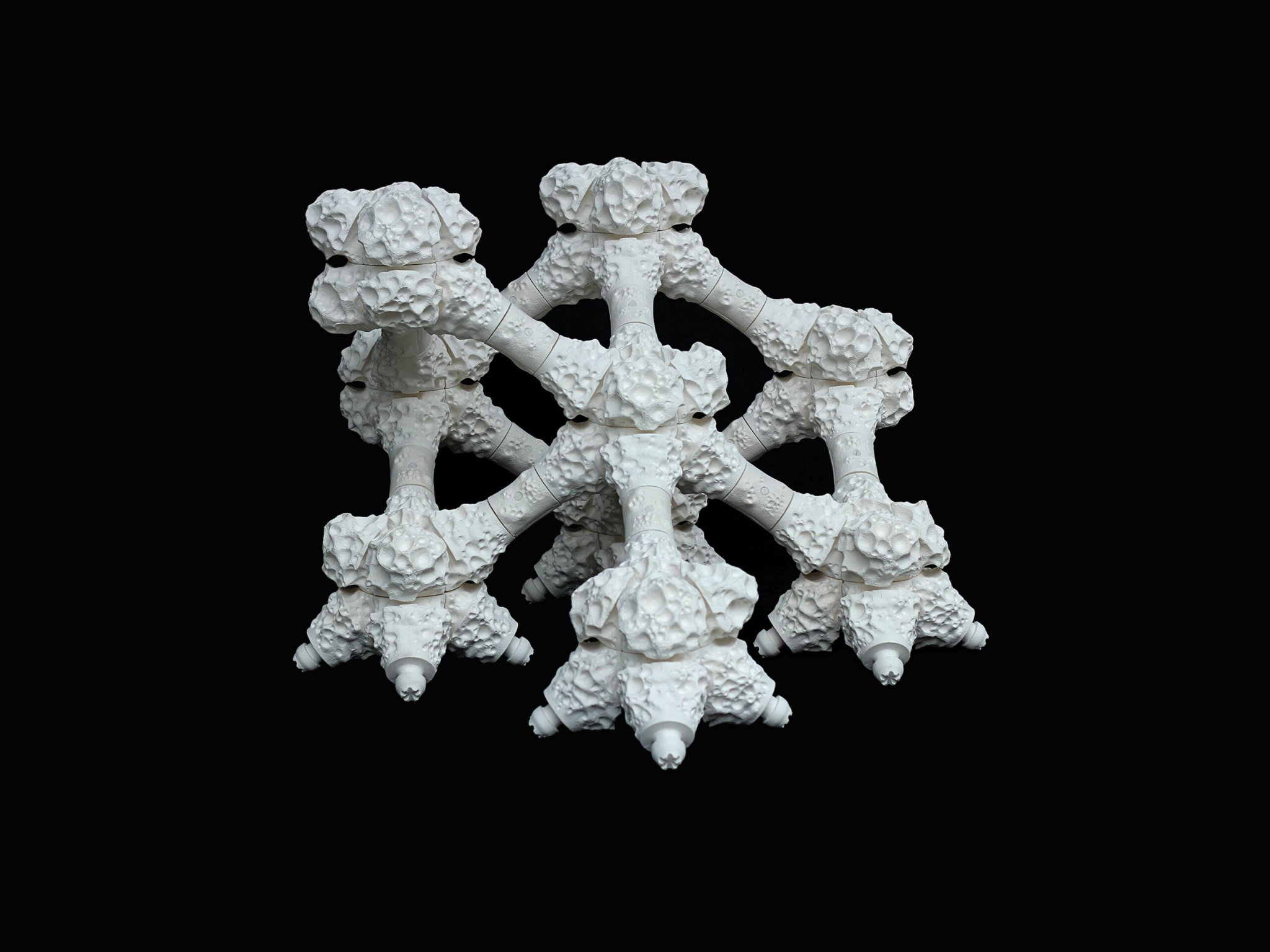

| 2015 Invention Award Winner | Category: Environment |
|---|---|
| Inventor: | Alex Goad |
| Company: | Reef Design Lab |
| Invention: | Modular Artificial Reef Structure |
| Development Cost To Date: | $11,500 |
| Maturity: | 4/5 |
During a 2011 trip to Miami, Alex Goad went scuba diving and explored the artificial coral reefs off the Atlantic coast. Such reefs, he realized, are large, heavy, and expensive to fabricate and install. But they serve an important purpose. Natural coral reefs are some of the most biodiverse places on Earth, and they’ve begun to disappear, leaving thousands of species essentially homeless. Building up artificial reefs where real ones have been lost is one stopgap solution.
So for his final project as an industrial-design student at Monash University in Melbourne, Australia, Goad created the Modular Artificial Reef Structure (MARS). Locking and clamping mechanisms on the arms of each MARS unit allow them to snap together easily, like LEGOs. The modular structure makes MARS more flexible than other artificial reefs. “A lot of existing products require a flat seafloor. But around the world, the ocean is not flat, especially where reef systems occur,” Goad says. “With MARS, you can build over natural features, as high and as wide as you want.”
After graduation, Goad teamed up with his adviser David Lennon, the director of Sustainable Oceans International, to found Reef Design Lab and make MARS a real home for marine life. It took between 10 and 15 prototypes to find the ideal materials, surface texture, size, and weight for the units, which they tested in aquariums and in Australia’s Port Phillip Bay. Goad and Lennon plan to release MARS this fall for purchase by environmental organizations and coastal communities. “When local communities physically build the artificial reef, they gain a greater appreciation for natural reef systems,” Goad says.
How It Works
The ceramic outer shell has a chemical makeup similar to that of coral, which encourages polyps to take root. Its textured surface gives smaller organisms places to hide from predators.
Concrete, reinforced by composite rebar, gives the reef a durable core. These materials can last at least 60 years underwater.
The open shape allows strong currents to move through the reef without knocking it over. The structure also traps eddies, which carry the nutrients that feed marine organisms.
Advice For Inventors, From Bre Pettis

Embrace the absurd. Everything we take for granted now was weird when it first came out. While building your automated pinball-machine cocktail-serving robot, you may just discover something truly innovative.
This article was originally published in the May 2015 issue of Popular Science. For more extraordinary innovations and tips on how to be an inventor, click through the rest of our Invention Awards feature.
